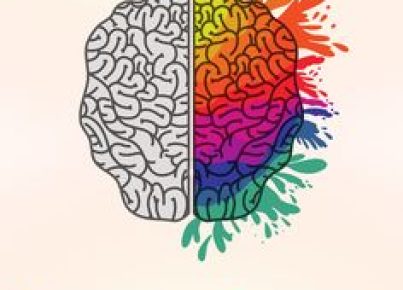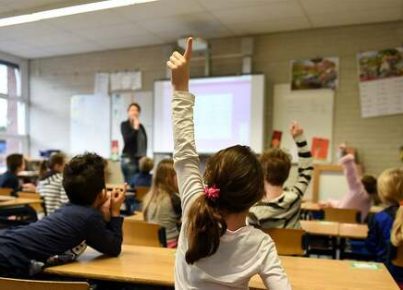Embracing creativity, sparking ingenuity, and unleashing innovation are core goals of the educational system, with an increasing focus on including STEM (Science, Technology, Engineering, and Mathematics) in the curriculum. One method gaining popularity is combining the power of STEM with hands-on materials, such as cardboard, to inspire young minds. In this article, we explore what happens when we give kids a pile of cardboard and a STEM cart at their disposal.
1. Unbridled Creativity
Cardboard is an unassuming material that offers endless possibilities for imaginative minds. When children are given the freedom to explore various shapes and structures that can be built with cardboard, they begin to understand the concept of design thinking. By working on their creations without any limitations, kids are encouraged to think outside the box and embrace failure as part of the learning process.
2. Collaborative Learning
Combining cardboard and a STEM cart fosters an environment where children work together to build different projects. This collaborative approach encourages teamwork and effective communication among peers. As children work together to bring their ideas to life, they develop essential social skills crucial for success in the tech-driven world of work.
3. Enhanced Problem-Solving Skills
Working with physical materials like cardboard helps children develop crucial problem-solving skills. The trial-and-error nature of building complex structures encourages kids to think critically about how different components fit together while constructing stable designs based on scientific principles such as force distribution and balance.
4. Real-World Application
The integration of a STEM cart alongside cardboard enables students to learn about electrical circuits, renewable energy sources, and other scientific concepts using everyday materials. From building solar-powered cars to creating miniature cities powered by wind energy, these hands-on experiences foster curiosity while illustrating science’s relevance in everyday life.
5. Improved Fine Motor Skills
Cutting cardboard, folding edges, and connecting pieces develop children’s fine motor skills, essential for various day-to-day activities. From holding utensils to typing on a keyboard, improved fine motor skills contribute to increased self-reliance and independence in children.
In conclusion, giving kids a pile of cardboard with a STEM cart is more than just an opportunity for creative exploration. It helps them develop valuable skills such as problem-solving, collaboration, and critical thinking, applicable across various aspects of their lives. Teachers and parents alike should encourage this hands-on approach to STEM education, empowering the young generation to think innovatively and become the leaders of tomorrow.




